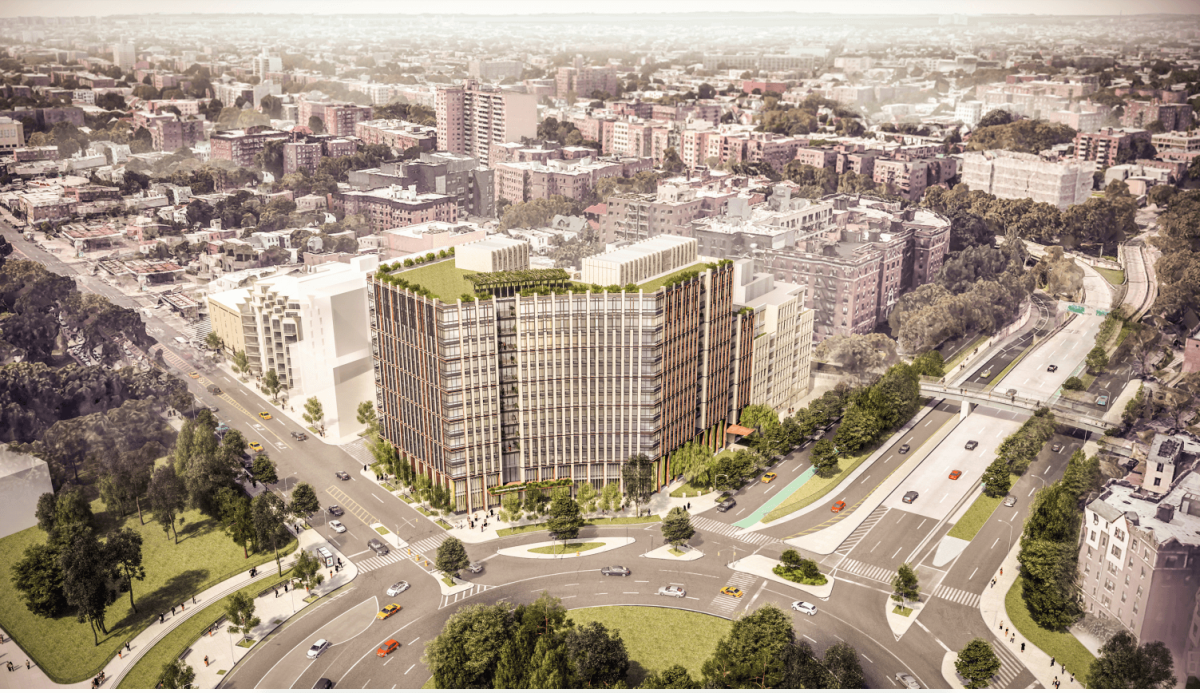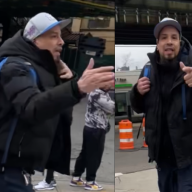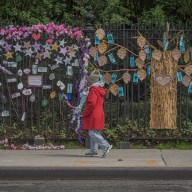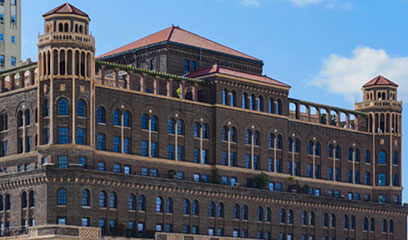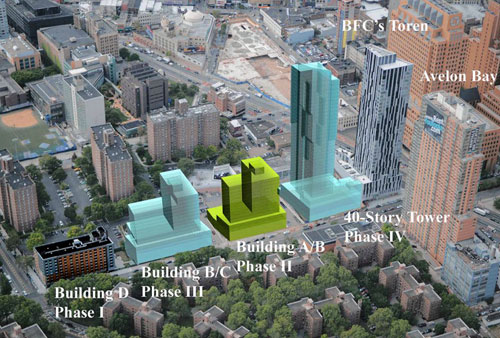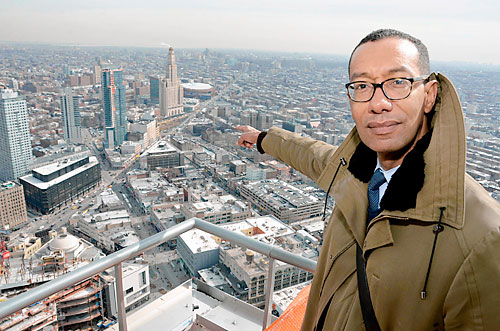Residents are furious over a baptist church’s scheme to build a 13-story building in Windsor Terrace, saying the proposal would forever alter the fabric of the neighborhood.
“You guys have got to be on crack if you think that’s what this neighborhood looks like,” said Mark Duffin at a rezoning hearing on Thursday.
The International Baptist Church is partnering with JEMB Realty to rezone and redevelop the lot a 312 Coney Island Avenue — where a bulky four-story brick building currently houses a house of worship, a school, and a large parking lot.
Under the current zoning laws, the church could turn the property into a 17-story hotel, with space for a medical office, community facility, and church elsewhere in the building — but the organization feels that a residential apartment building would be better suited for the sleepy residential neighborhood, according to the developer’s lawyer.
In addition to a new church, the proposed residential project would contain 278 units, with 70 permanently designated as so-called “affordable” — offered between $856 a month for a studio and $1,504 for a three-bedroom.
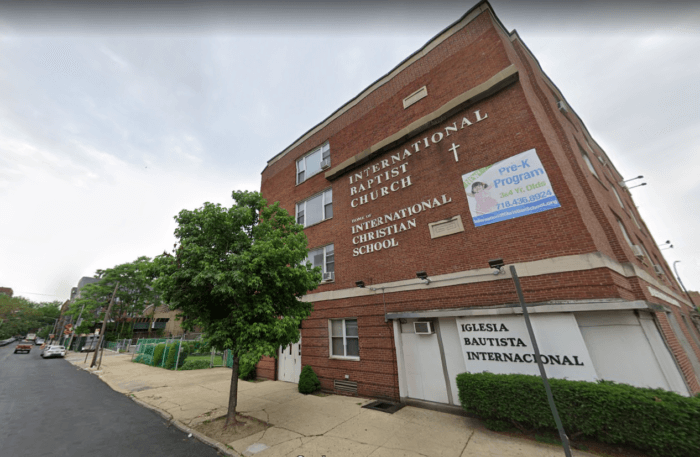
The apartment tower would also be home to an 80 car parking garage that would provide spaces for churchgoers, 140 bike parking spaces, and ground-floor retail storefronts.
At 13 stories, the building would top out at 145 feet with a 15- to 20-foot bulkhead, reps for the developers said — but that stands in stark contrast to the rest of the neighborhood, where most buildings top out at six or seven stories.
At the rezoning meeting, locals worried that the influx of housing units would lead to an increase of traffic during rush hour, piled garbage on the street during collection days, and accelerated gentrification.
“I’m a single mom, I’m a teacher. I can barely afford to live in Brooklyn anymore. I’ve been chased from neighborhood to neighborhood,” said Dannette Plagge, who lives across the street from the proposed site. “I look at this proposal and I think what — do I have to go back to the midwest where I came?”
Others countered, arguing that the solution to skyrocketing prices in the area — where the formerly majority working-class population has left, and an influx of young professionals has settled in — is to increase building.
“People will move to apartments that are affordable — and if they are not moving into new apartments they are moving into apartments that already exist,” said Charles Mangiardi, a Caton Place resident, who echoed a sentiment backed up by urban studies. “That’s what drives up the cost of rent.”
If the city doesn’t promote construction of new housing, then the old-guard of the neighborhood will be pushed out, said Mangiardi.
“The buildings might look the same, but the people in them are not going to look the same if we don’t build more,” he said.
The Borough President will hold a hearing on the rezoning on Feb. 12 at Borough Hall, before Community Board 7 makes its purely advisory recommendation on Feb. 19.
Some expressed exhaustion with the start of another Uniform Land Use Review Process starting in the Community Board — which weighed in on the Industry City rezoning earlier this month, and called for a less piecemeal method of planning for development in the neighborhood.
“We have to find a way to be more strategic in planning our neighborhoods,” said Cesar Zuniga, Chair of Community Board 7.


